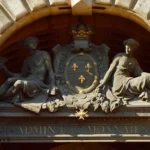Paris, known as the “City of Light”, is a treasure trove of culture, history, and breathtaking architecture. This guide provides a detailed overview of the must-visit spots, ensuring an unforgettable experience in this enchanting city.
Eiffel Tower: Paris’ Iconic Landmark

The Eiffel Tower, a global symbol of France, is an essential stop on any Paris itinerary. Constructed in 1889 for the World’s Fair, it stands at a staggering height of 324 meters. Visitors have the option to ascend by elevator or, for the more adventurous, by stairs up to the second floor. The first and second levels offer restaurants and shops, while the top level boasts unparalleled views of Paris. It’s particularly mesmerizing at night when it’s illuminated by 20,000 light bulbs, creating a magical display every hour. To avoid long queues, consider booking tickets online in advance or visiting during off-peak hours. The area surrounding the tower, the Champ de Mars, is perfect for picnics and offers excellent photo opportunities.
Louvre Museum: A Haven for Art Lovers
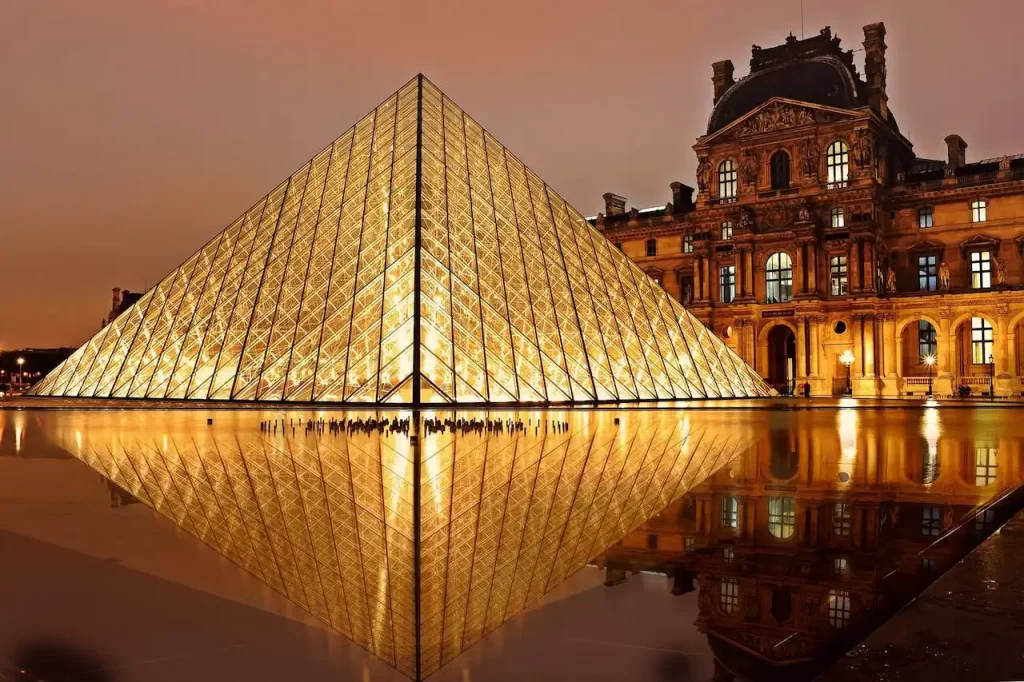
The Louvre, the world’s largest art museum, is a historic monument in Paris. Its collections span over 9,000 years of history and include more than 35,000 artworks. The most famous pieces include Leonardo da Vinci’s “Mona Lisa”, the “Venus de Milo”, and “Winged Victory of Samothrace”. The museum’s vast size can be overwhelming, so planning ahead is crucial. Focus on key sections or join a guided tour to appreciate the highlights. The Louvre is also architecturally significant, with the modern glass pyramid contrasting the historic palace. It’s advisable to purchase tickets online to avoid long lines and consider visiting on Wednesday or Friday nights when the museum is open late.
Notre-Dame Cathedral: Gothic Architectural Marvel
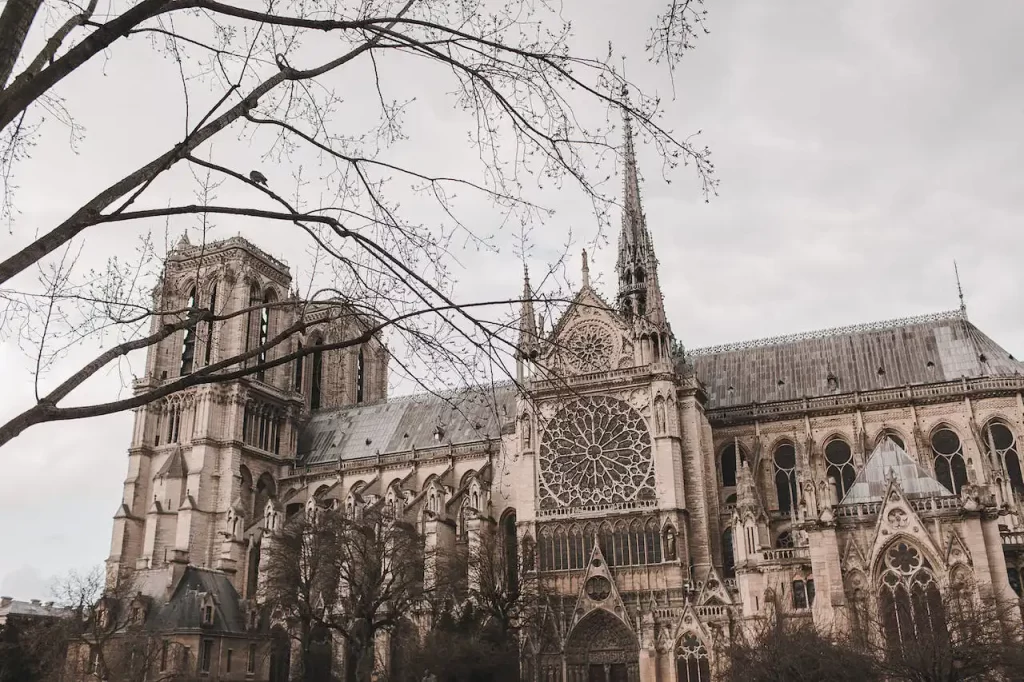
Notre-Dame Cathedral, a masterpiece of French Gothic architecture, dates back to the 12th century. Although it suffered a devastating fire in 2019, its structure, including the twin towers and the rose windows, remains an awe-inspiring sight. The cathedral has been a witness to many historical events, including the coronation of Napoleon Bonaparte. The nearby Île de la Cité, one of two remaining natural islands in the Seine, offers charming streets and additional attractions like Sainte-Chapelle. While the interior of the cathedral is currently closed for restoration, visitors can still admire its exterior and explore the surrounding area, rich in history and beauty.
Montmartre: The Bohemian Heart of Paris
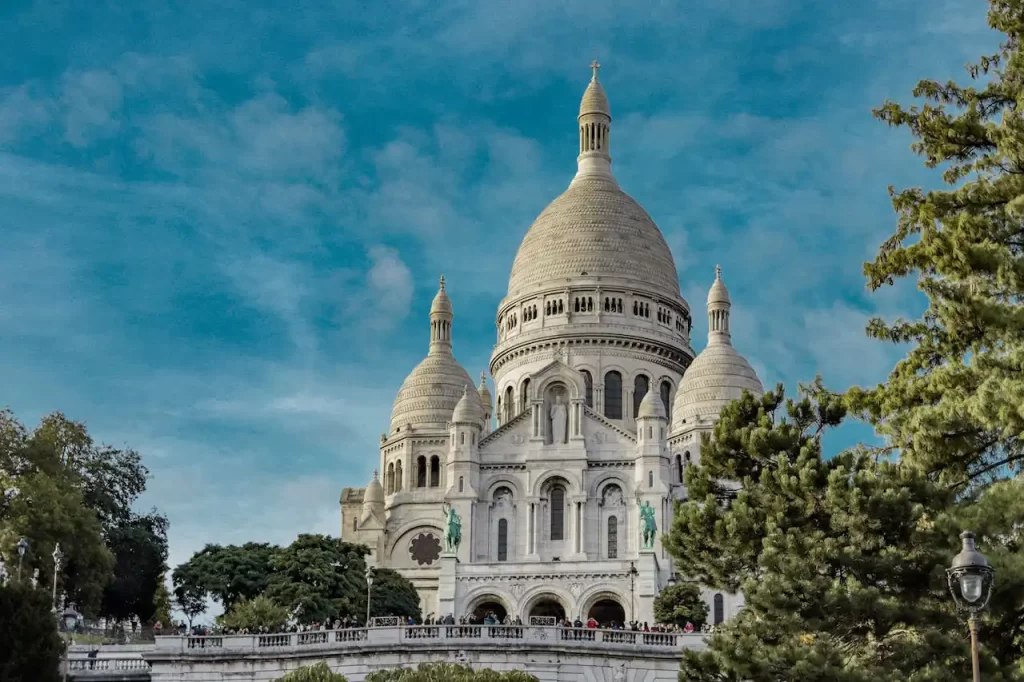
Montmartre, known for its bohemian past, is a hilltop district offering spectacular views of Paris. This area was once the haunt of famous artists like Picasso and Van Gogh. At its summit is the stunning Sacré-Cœur Basilica, known for its white domes and serene interior. The nearby Place du Tertre is filled with artists painting and selling their works. Exploring Montmartre involves wandering through cobbled streets, discovering quaint shops, and visiting the Montmartre Vineyard. For a deeper insight into its artistic history, the Espace Dalí exhibits a collection of Salvador Dalí’s works. Montmartre’s nightlife is vibrant, with traditional cabarets like the Moulin Rouge offering a glimpse into Paris’ past.
Seine River Cruise: A Unique Perspective of Paris

A cruise on the Seine River provides a unique vantage point to view many of Paris’ most famous landmarks. These cruises, available day and night, offer spectacular views of the Notre-Dame Cathedral, Eiffel Tower, Louvre, and Musée d’Orsay. Night cruises are particularly enchanting, with the city’s monuments illuminated against the night sky. Commentary is usually provided, offering insights into the history and architecture of the landmarks. Some cruises offer dining options, allowing guests to enjoy a meal while floating past Paris’ iconic sights. It’s a relaxing way to see the city, especially after a day of walking.
The Latin Quarter: Cultural and Intellectual Hub
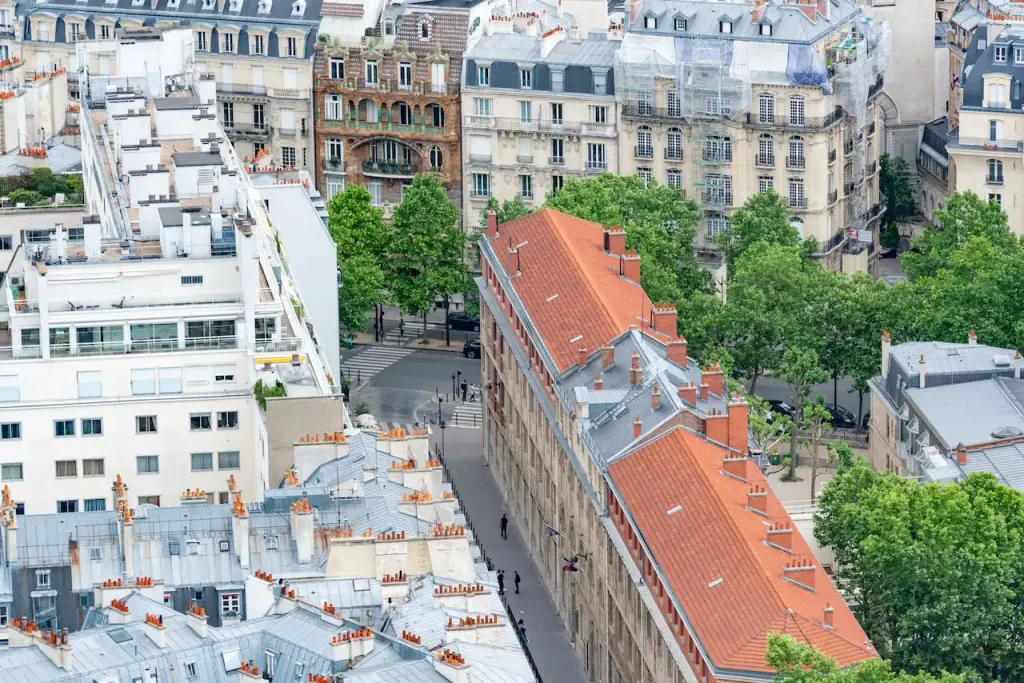
The Latin Quarter, on the Left Bank of the Seine, is known for its vibrant atmosphere and rich history. It’s home to the Sorbonne University, prestigious high schools, and numerous bookshops, including the famous Shakespeare and Company. The area’s narrow streets are lined with bistros, jazz clubs, and cinemas, offering a glimpse into the Parisian lifestyle. The Panthéon, resting place of many French luminaries, and the Luxembourg Gardens are notable landmarks. The Quarter’s diverse range of eateries caters to all tastes, from traditional French cuisine to international dishes. It’s an ideal place to experience the intellectual and bohemian spirit of Paris.
Champs-Élysées and Arc de Triomphe: Symbols of French Pride

The Champs-Élysées is one of the most famous avenues in the world, stretching 1.9 kilometers from Place de la Concorde to the Arc de Triomphe. Known for its theatres, cafes, and luxury shops, it’s a hub of Parisian social life. The avenue is the site of major national celebrations and parades. At its western end, the Arc de Triomphe stands as a symbol of French national pride. Commissioned by Napoleon, it honors those who fought and died in the French Revolutionary and Napoleonic Wars. Climbing to the top provides a panoramic view of Paris, especially beautiful at sunset.
Palace of Versailles: A Testament to Royal Opulence

The Palace of Versailles, a UNESCO World Heritage site, is a symbol of royal extravagance. Located just outside Paris, it’s accessible by a short train ride. The palace’s highlights include the Hall of Mirrors, the King’s Grand Apartments, and the Museum of the History of France. The gardens of Versailles, spanning 800 hectares, are meticulously landscaped with fountains, sculptures, and the Grand Canal. The estate also includes the Grand Trianon, Petit Trianon, and Marie-Antoinette’s estate. A visit to Versailles is a journey into the grandeur of French royalty and an essential experience for any visitor to Paris.
French Cuisine: A Gastronomic Adventure
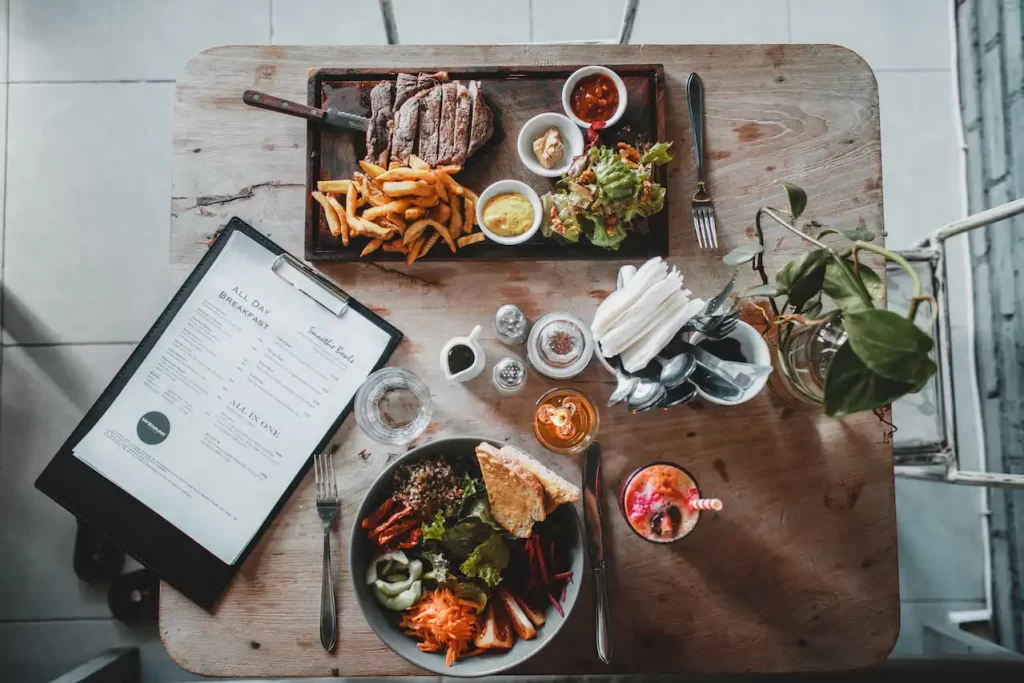
Paris is renowned for its culinary excellence, offering an array of dining experiences. From traditional bistros and street-side creperies to Michelin-starred restaurants, the city caters to all palates. Must-try dishes include escargots, coq au vin, ratatouille, and of course, French pastries like macarons and croissants. For a quintessential Parisian experience, visit a traditional café for a coffee and people-watching. The city’s wine bars and fromageries offer a taste of France’s rich cheese and wine heritage. Exploring the diverse culinary landscape of Paris is an adventure in itself, offering a deeper understanding of French culture and lifestyle.
Local Markets and Shopping: Discovering Parisian Treasures
Paris is a shopper’s paradise, known for its fashion boutiques, flea markets, and antique shops. The Marais district offers a mix of vintage shops, art galleries, and trendy boutiques. For luxury shopping, the Faubourg Saint-Honoré district is home to high-end brands. Local markets like Le Marché des Enfants Rouges in the Marais offer fresh produce, flowers, and a variety of food stalls. For antiques and second-hand treasures, the Saint-Ouen Flea Market is a must-visit. Exploring these markets and shopping areas provides insight into the Parisian way of life and offers unique souvenirs to take home.
Frequently Asked Questions (FAQ)
Q: What is the best time of year to visit Paris? A: Paris is beautiful year-round, but spring (April to June) and fall (September to October) offer mild weather and fewer tourists.
Q: Do I need to speak French to visit Paris? A: While not essential, knowing basic French phrases is appreciated. Many Parisians speak English, especially in tourist areas.
Q: Is Paris a walkable city? A: Yes, Paris is very walkable, with many attractions close to each other. However, it also has an excellent public transport system.
Q: Are there any tourist passes available? A: The Paris Pass provides entry to over 60 attractions and museums and includes public transportation.
Q: What should I know about tipping in Paris? A: Service charge is usually included in the bill, but leaving a small extra tip for good service is common.










